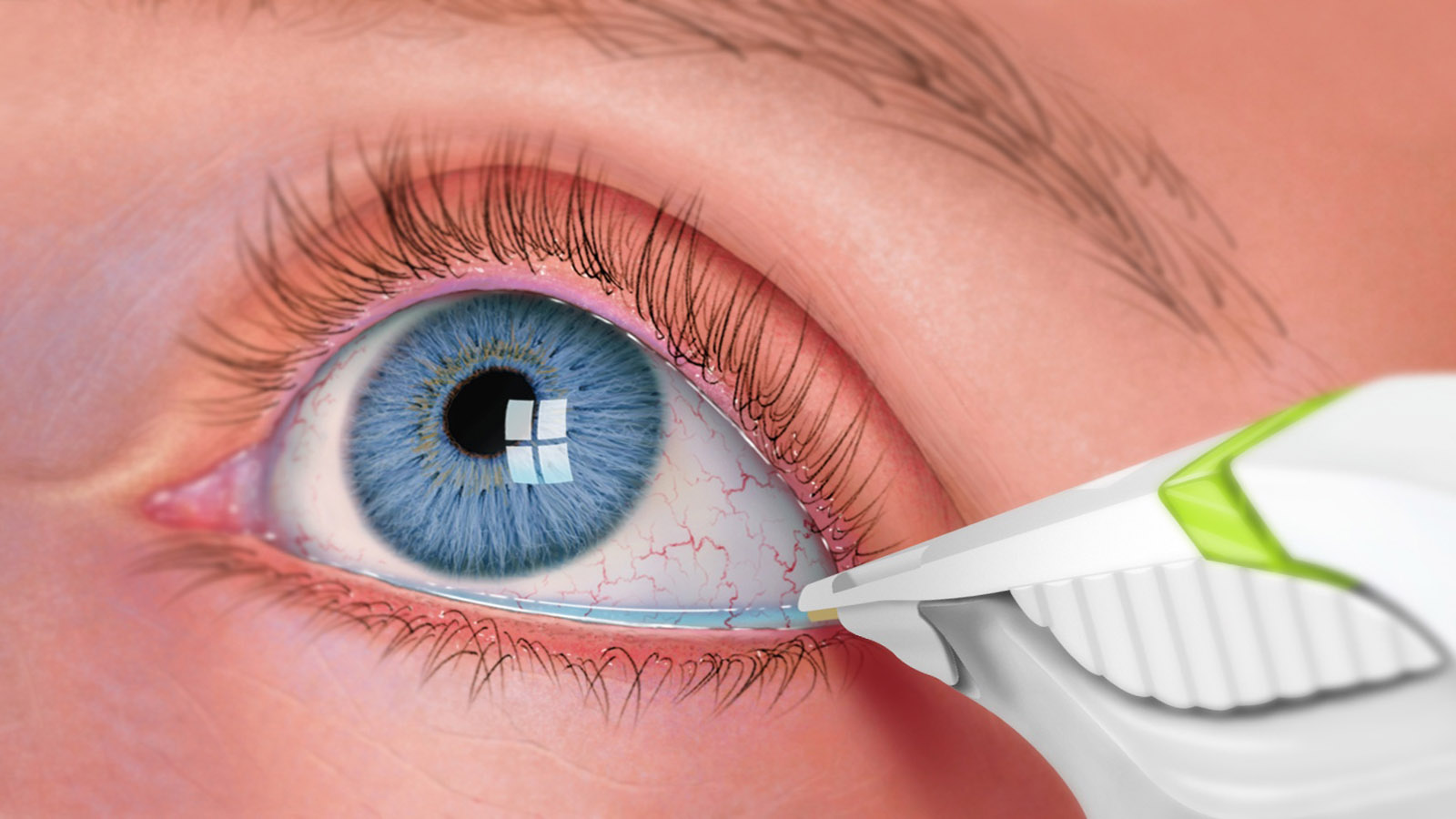The Pros and Disadvantages of Different Refractive Surgical Procedures for Enhanced Eyecare

LASIK Surgical Treatment
LASIK surgical treatment is a typically done refractive procedure that aims to remedy vision concerns such as nearsightedness, farsightedness, and astigmatism. This surgical strategy has gotten appeal as a result of its performance in supplying clients with clearer vision and minimizing their reliance on glasses or call lenses. During the treatment, a slim flap is created on the cornea, and a laser is utilized to improve the underlying cells, remedying the refractive mistake. The flap is after that repositioned, enabling fast healing and marginal pain for the patient.
Among the key advantages of LASIK surgery is the rapid renovation in vision experienced by many clients. Most people notice a significant enhancement in their vision soon after the treatment, with very little downtime needed for recuperation. Furthermore, LASIK is known for its high success rate and reduced occurrence of complications when executed by experienced surgeons. However, like any kind of procedure, LASIK also lugs some threats, including dry eyes, glare, halos, and under or overcorrection of vision. It is crucial for individuals considering LASIK surgery to undertake a detailed evaluation by an eye care professional to identify if they are ideal prospects for the procedure.
PRK Procedure
The PRK procedure, likewise called Photorefractive Keratectomy, is a kind of refractive surgical treatment that aims to correct vision problems comparable to LASIK surgical treatment. Unlike LASIK, which includes developing a flap in the cornea, PRK functions on the surface layer of the cornea. Throughout the PRK treatment, the outer layer of the cornea, called the epithelium, is removed to permit improving of the underlying corneal tissue with an excimer laser. This improving helps to deal with refractive errors such as farsightedness, nearsightedness, and astigmatism.
One of the advantages of PRK over LASIK is that it removes the risk of flap-related issues because no flap is developed throughout the surgical treatment. In spite of the longer recuperation period, PRK can be a suitable choice for individuals seeking vision improvement surgical treatment.
SMILE Surgery
An advanced refractive surgical treatment technique gaining popularity in the area of ophthalmology is SMILE Surgical treatment. Small Laceration Lenticule Extraction (SMILE) is a minimally invasive treatment that remedies vision by reshaping the cornea using a femtosecond laser. Unlike standard LASIK surgical procedure, SMILE Surgery entails creating a small laceration in the cornea to draw out you could check here a lenticule, which causes less interruption to the corneal structure and possibly much faster recovery times.
One of the primary benefits of SMILE Surgery is its capability to deal with myopia (nearsightedness) and astigmatism with high accuracy, leading to exceptional aesthetic results for patients. The minimally intrusive nature of the treatment also decreases the danger of problems such as dry eye syndrome, making it a positive option for people seeking refractive surgical treatment.

LASEK Strategy
Having actually explored the advantages and factors to consider of SMILE Surgical procedure, another noteworthy refractive surgical treatment strategy worth checking out is the LASEK Strategy. LASEK, which represents Laser-Assisted Subepithelial Keratectomy, is a form of laser eye surgical treatment that intends to remedy refractive mistakes such as nearsightedness (nearsightedness), hyperopia (farsightedness), and astigmatism.
Unlike LASIK, LASEK does not include developing a corneal flap. Rather, throughout a LASEK treatment, the specialist makes use of a diluted alcohol solution to loosen up the slim external layer of the cornea, referred to as the epithelium. This layer is after that delicately relocated apart to enable the laser to improve the underlying corneal tissue. Once the cornea has been improved to the desired degree, the epithelial layer is repositioned.
One of the index primary benefits of LASEK is that it can be ideal for individuals with thin corneas that may not be great candidates for LASIK. Additionally, LASEK generally causes very little post-operative pain and a quicker healing time compared to PRK. The aesthetic recovery procedure with LASEK may be a little longer than with LASIK.
Implantable Contact Lenses
Implantable Call Lenses provide a long-lasting vision improvement service for people seeking an option to typical call lenses or glasses. These lenses, also referred to as phakic intraocular lenses, are surgically placed into the eye to deal with refractive errors such as nearsightedness (nearsightedness), hyperopia (farsightedness), and astigmatism. cardiologist andalusia. Unlike standard get in touch with lenses that rest on the surface of the eye, implantable get in touch with lenses function within the eye itself, providing clear vision without the demand for everyday upkeep or elimination
One of the key advantages of implantable contact lenses is their permanence. As soon as inserted, they can continue to be in the eye forever, offering stable and regular vision improvement. Additionally, these lenses can be a superb alternative for people who are not great prospects for laser eye surgical procedure or that like a relatively easy to fix vision correction treatment.
Nevertheless, implantable contact lenses do bring some dangers, consisting of the potential for cataracts or boosted eye pressure. It is vital for people considering this alternative to speak with an eye care specialist to determine if implantable call lenses are the appropriate option for their particular requirements and eye health and wellness.
Final Thought
In conclusion, each kind of refractive surgical treatment has its very own benefits and drawbacks. LASIK surgery is preferred for its fast recuperation time, while PRK treatment dig this might be suitable for patients with thin corneas.

Overall, SMILE Surgical procedure provides an encouraging choice for people looking to enhance their vision with refractive surgical procedure.